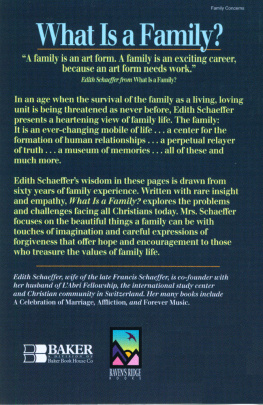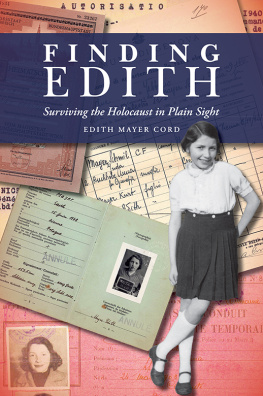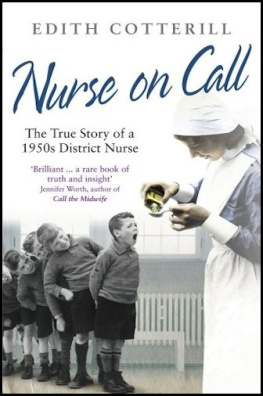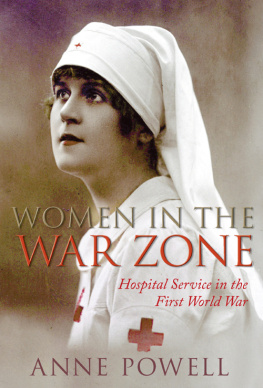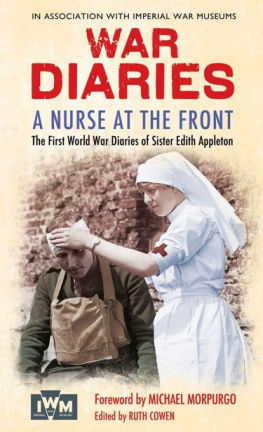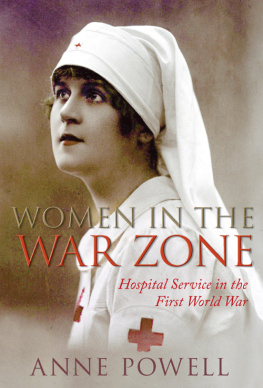Diana Souhami is the author of many highly praised books: Coconut Chaos, Selkirks Island (winner of the Whitbread Biography award), The Trials of Radclyffe Hall (shortlisted for the James Tait Black Prize for Biography and winner of the US Lambda Literary Award), the bestselling Mrs. Keppel and Her Daughter (also winner of the Lambda Literary Award and a New York Times Notable Book of the Year), Wild Girls: the Lives and Loves of Natalie Barney and Romaine Brooks, Gertrude and Alice, Greta and Cecil and Gluck: Her Biography.
Diana Souhamis wonderful book is a picture of the kind of woman that once made Britain great
Amanda Foreman, Daily Mail
Powerfully gripping, elegantly written and astonishingly detailed
Independent on Sunday
The tension builds the resistance network, the arrests, interrogations and trials. This is a moving story, written from the heart
The Economist
A work of excellent primary research . Diana Souhami achieves her apparent aim, of showing how the image of the giving woman was subverted by the patriotic myth, so Cavell became a symbol of outraged innocence.
Times Literary Supplement
[A] meticulously researched and sympathetic biography a moving tribute to a half-forgotten heroine.
Sunday Times
Souhami deftly demonstrates the trials of making a living as a nurse and cleaving a career in the expanding world of white blouse labor in the late 19th century. Edith Cavell remains an enigma but, thanks to Diana Souhami, she is now an even more fascinating one.
Financial Times
EDITH CAVELL
DIANA SOUHAMI


New York London
2010 by Diana Souhami
All rights reserved. No part of this book may be reproduced in any form or by any electronic or mechanical means, including information storage and retrieval systems, without permission in writing from the publisher, except by reviewers, who may quote brief passages in a review. Scanning, uploading, and electronic distribution of this book or the facilitation of the same without the permission of the publisher is prohibited.
Please purchase only authorized electronic editions, and do not participate in or encourage electronic piracy of copyrighted materials. Your support of the authors rights is appreciated.
Any member of educational institutions wishing to photocopy part or all of the work for classroom use or anthology should send inquiries to Permissions c/o Quercus Publishing Inc., 31 West 57th Street, 6th Floor, New York, NY 10019, or to .
ISBN 978-1-62365-239-5
Distributed in the United States and Canada by Random House Publisher Services
c/o Random House, 1745 Broadway
New York, NY 10019
www.quercus.com
to nurses
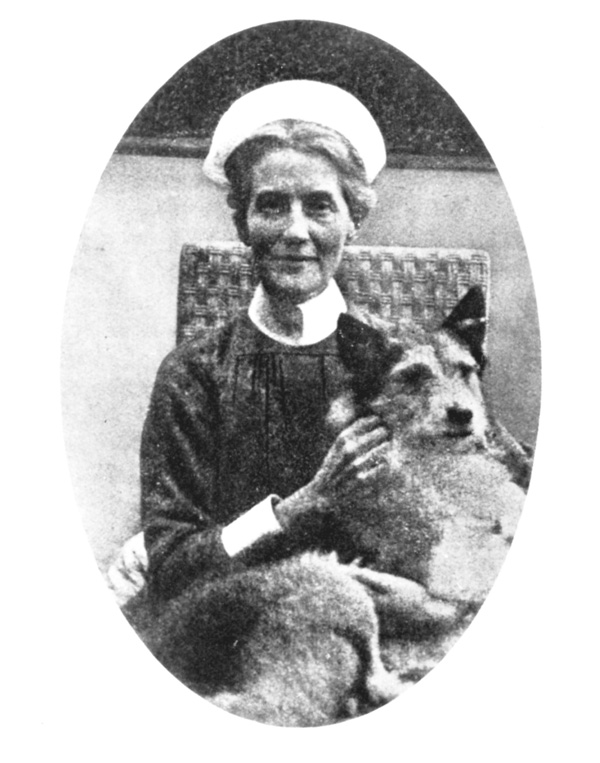
The last photograph of Edith Cavell: with her dog Jack in 1915
CONTENTS
PART ONE
1
BIRTH
Edith Cavell was born in the village of Swardeston on a rainy Monday three weeks before Christmas in 1865. The villagesward and townwas four miles from the city of Norwich and had a population of 350. Most of its 900 acres were owned by the lords of Swardeston Manor and Gowthorpe Hall, the Gurneys and the Stewards, who traced their fortunes, their favors from the Crown, back to the sixteenth century. Villagers owned very littlea cottage, perhaps, and a garden. There were six farmers, three gardeners, two blacksmiths, a cooper, a mole catcher, a butcher, a wheelwright, a carpenter, a bricklayer, a schoolmistress, and the keeper of The Dog inn. Their surnames were Skinner, Miller, Till and Piggin; they handed down their trades and skills father to son, married into each others families and on marriage certificates often left their mark in lieu of signature, for not many had been taught to write. They looked out for each other, knew the vagaries of the weather, how to stack the hay, shoe the horses, make cider.
It was a way of life that seemed immutable, quintessentially English, governed by the seasons, the long nights of winter, the festivals of harvest and Christmas. War was a distant belligerence: the conflicts of empiresFrench, Russian, Prussian and British ambitions for hegemonywere irrelevant and remote. The preoccupations of Swardeston were with planting and plowing and the rhythms of village life.
For Ediths father, the Reverend Frederick Cavella stern, bewhiskered manChristmas was his busiest time. He had been the villages curate for less than two years. As well as all his pastoral duties he was supervisingand financingthe building of a new vicarage which was to be his family home. He had married the previous year, at the age of forty, and this was only his second Christmas as a family man.
her husband was renting until the vicarage was finished. The room was quiet and comfortable, aired and clean, with a view over fields of pasture. A fire burned in the grate and all was prepared according to the latest edition of Dr. Fleetwood Churchills Manual for Midwives, first published in 1856 and now in its fourteenth edition.
The midwife was a local woman whose only qualification was experience and a willingness to help. It was to be another thirty-seven years before a Midwives Act dictated standards of proficiency. Even so, it was safer to give birth at home and in the country than in hospital or in the city. With home births, whatever the shortcomings of the local helper, five women in every thousand died in childbirth. In hospital it was thirty-four. Florence Nightingale, whose revolutionary nursing methods were to inspire this particular newborn child, in her Notes on Nursing advised mothers to avoid hospital of the infant being born in a cab or a lift. Childbirth, she said, which was not an illness, in hospitals had an equivalent fatality rate to the major diseases. The cause was cross-infection from other patients and was part of hospital life. Quite why this contagion happened was not known. She blamed foul air and putrid miasmas, expectant mothers crowded in together for weeks at a time, students going from a surgical case in an operating theater to the bedside of a lying-in woman.
She made a plea for cleanliness and improved nursing standards and recommended that childbirth units be separate from hospital wards. She wanted no more than four beds to a unit, each bed with its own window and privacy curtain. She wanted polished oak floors, sinks with unlimited hot and cold water, clean linen, renewable mattresses.
Her plea coincided with breakthrough research in antiseptics, research that crossed national boundaries. In 1864 the French Academy of Sciences accepted the hypothesis of Louis Pasteur, a chemist from the Breton town of Dol, that sepsis happened not spontaneously, as was supposed, but through the spread of destructive micro-organisms invisible to the naked eye. There was something in the air that was harmful and needed to be destroyed and kept away from a wound.
Joseph Lister, a British surgeon, was receptive to Pasteurs experiments and in his own operations set out to block the path of these organisms by using carbolic acid as a barrier. It proved revolutionary. It allowed him to sew up an operation wound without it turning septic. By 1867 he was writing in the Lancet on in the practice of surgery and was struggling to convince the medical profession that his and Pasteurs findings meant they must change their way of working: they must not go from conducting an autopsy, to a woman in labor, without changing their clothes and washing their hands in carbolic.
Next page

